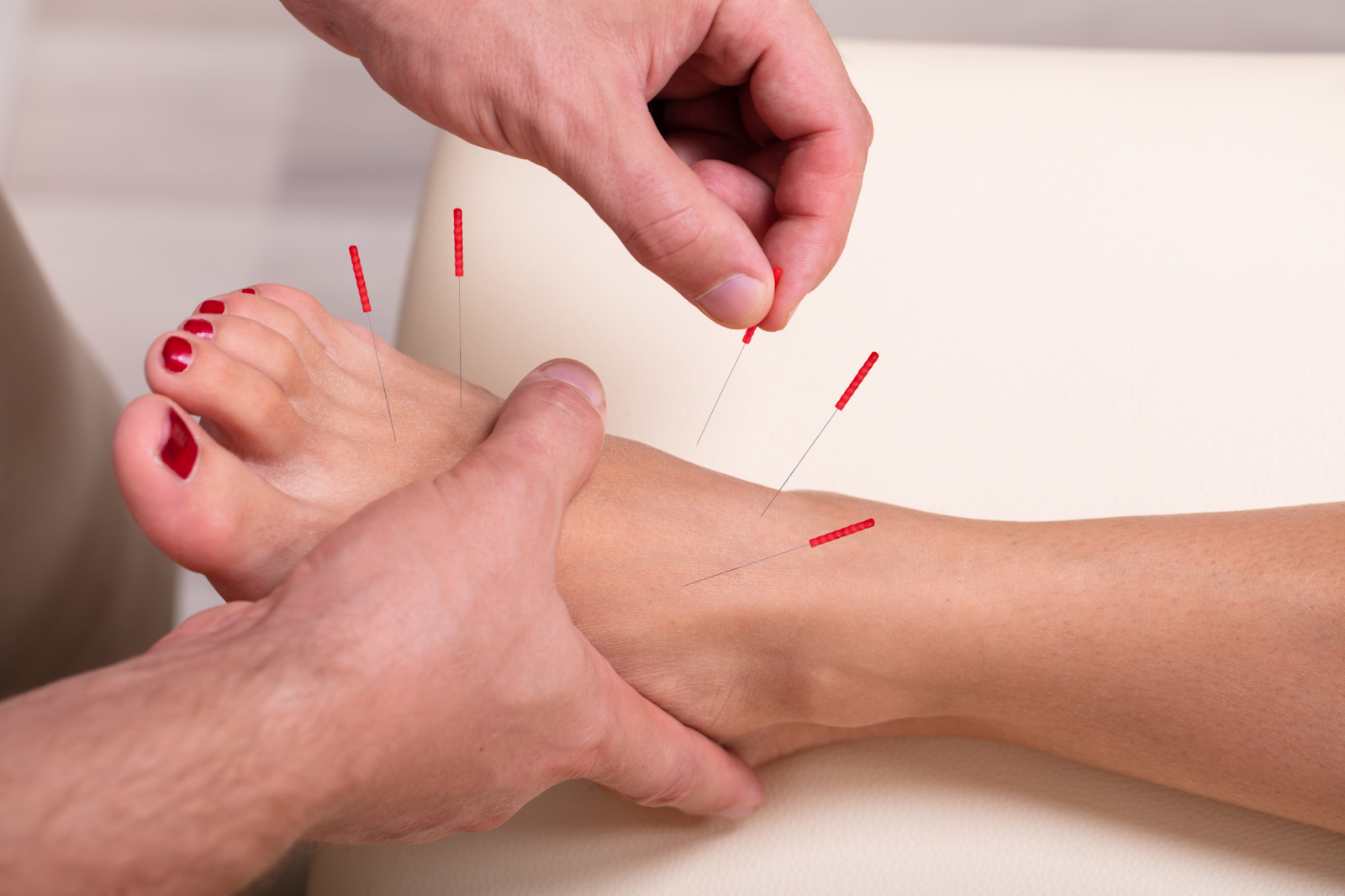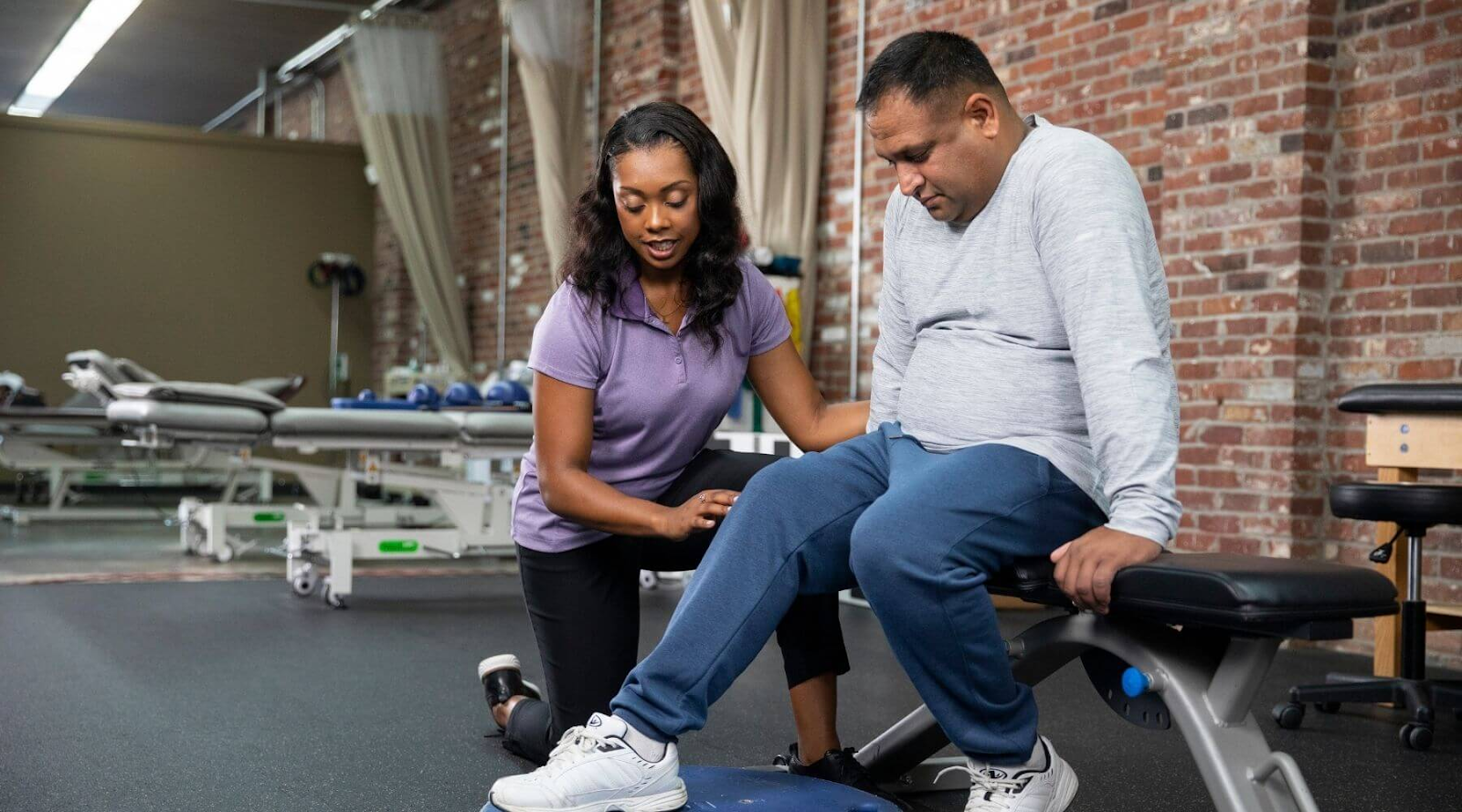Discover Your Perfect Healer Today!
Our online practitioner directory connects you with a wide range of healers to suit your unique needs.
Easily search and find the right professional to support your wellness journey.
Start exploring today to find your perfect match.
Modality
Disease
Books
Products
Events
Training
Blogs
Acupuncture
Acupuncture: Understanding Reactions, Benefits, and Aftercare
Acupuncture is an ancient therapeutic technique that has gained modern popularity. Many are often concerned about feeling worse the day after receiving acupuncture therapy. This ...
Read More → Written by
David Brown
Naprapathy
Expert Tips for Maximizing the Healing Potential of Naprapathy
Attending regular sessions is only part of maximizing naprapathy’s healing potential. What could be done to make the most of your naturopathic care is to ...
Read More → Written by
Michael Johnson
Aromatherapy
Which Scent Reduces Anxiety? Exploring the Power of Aromatherapy
In this fast-paced world millions of people are affected by anxiety. There are various approaches to deal with the concern, one of them being aromatherapy. ...
Read More → Written by
James Williams
Sound Healing
Uncovering the Truth: Does Sound Therapy Really Work?
Has it ever crossed your mind whether calm melodies or nature’s sounds are truly capable of healing your body and mind? Because of this question, ...
Read More → Written by
Michael Johnson
Physical Therapy
The Financial Investment in Physical Therapy: What to Expect
Physical therapy is a worthwhile healthcare option, especially during recovery, however, it is sensible to know the investment required. Such things as insurance coverage, frequency ...
Read More → Written by
David Brown
Lyme Disease
Risk and Exposure
Lyme Disease Diagnosis This questionnaire assesses your likelihood of having Lyme disease. Reflect on your feelings over the past month and consider how frequently the ...
Read More → Written by
Web Master





